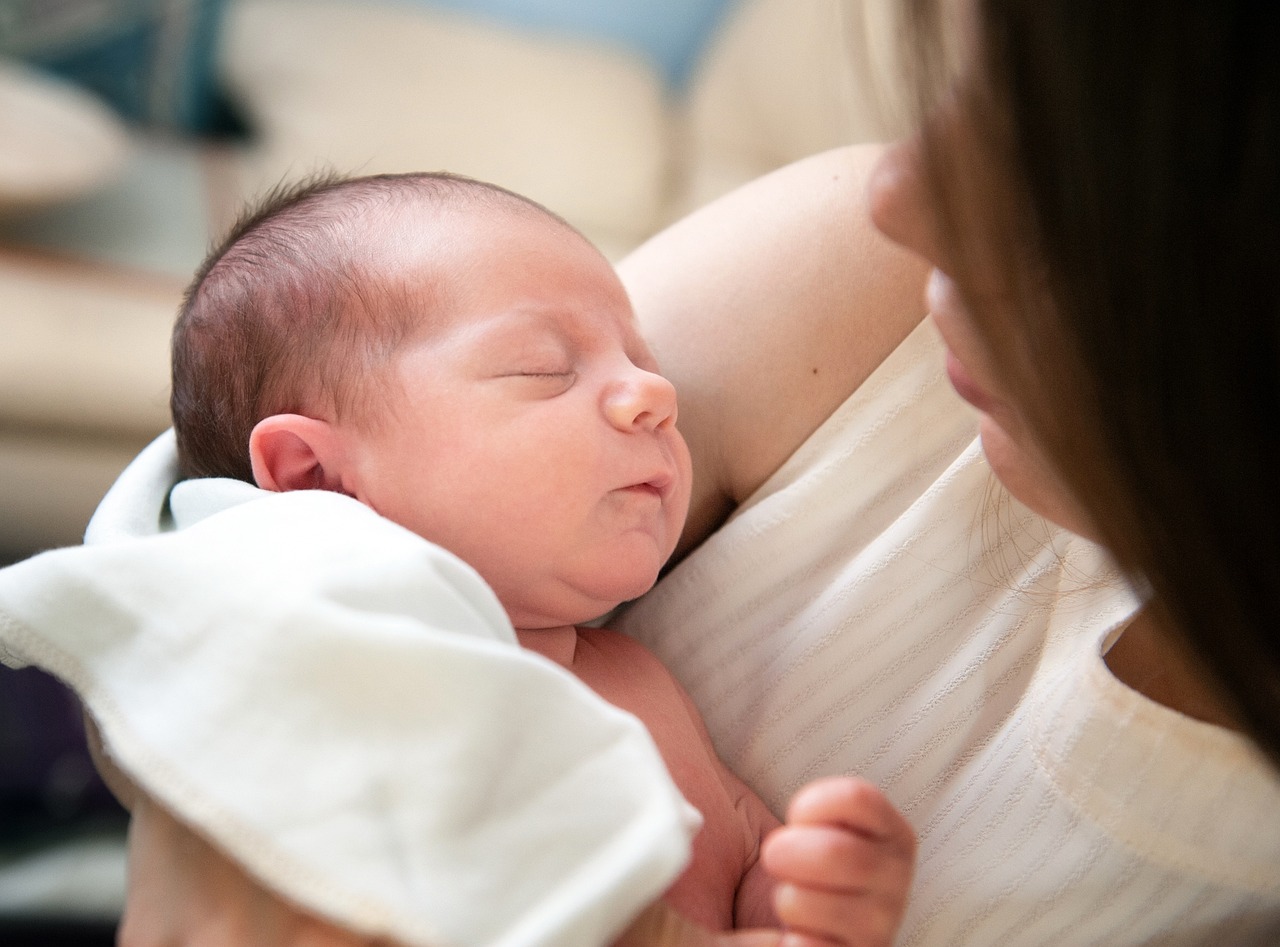
Hungary had the sixth highest fertility rate in the European Union in 2022.Continue reading

In a survey published by the Organization for Economic Co-operation and Development (OECD), Hungary had the third lowest youth poverty rate out of 38 countries, after Finland and Denmark, with only 5.2 percent in 2022.
The OECD’s survey is a particularly accurate way of comparing living standards across countries, as it takes into account the wage levels in each country, writes the Oeconomus Economic Research Foundation. The methodology of the study is to set the poverty criterion at half of the median average income per household. Based on the database by the Hungarian Statistical Office (KSH), in 2022, the median net income after taking into account the benefits was HUF 280,600 (EUR 722) per month. Therefore, the OECD survey set the poverty threshold at HUF 140,300 (EUR 361).
Of the 38 countries surveyed, Hungary has the third lowest poverty rate for young people (aged 0-17). After Finland at 2.9 percent and Denmark at 4.8 percent, Hungary has 5.2 percent of this age group living below the poverty threshold.
As the statistics show, the Nordic and Central European countries with extensive and mainly community-funded social welfare systems top the ranking, while the Southern European countries are at the bottom of the list, alongside the developing OECD member states. Among European countries, Turkey has the worst rate (21.8 percent), compared with Spain (20.5 percent) in the EU. The average for the 38 countries surveyed by the OECD is 12.6 percent, compared with 10.8 percent for countries that are also EU Member States. Among OECD member states, Costa Rica is the worst performer, with 28.5 percent of youth in the Central American country exposed to poverty.
The same OECD statistics are also available for ages 18-65, over 65, and for the total population. For the former age group, Hungary ranked fifth in the ranking, with a poverty risk rate of 7.2 percent. In Hungary, 6.7 percent of people aged 65 and over have a daily income below half the median average, ranking the country seventh.
For the total population, 67 out of every 1,000 Hungarians have a daily income below the OECD poverty line, putting Hungary in fourth place out of 38 countries.
The Oeconomus analysis highlights that people who have children in Hungary may not see them as a “burden” but as a “resource” in financial terms, thanks to the financial benefits linked to having children in the country. These benefits include
In addition, nursery and kindergarten care is provided for all families, and under certain conditions, some families can also benefit from free school books and school meals. As a result of the latter, Hungary has the seventh lowest proportion of children (and the fifth lowest in the 18 EU Member States surveyed) of the 59 countries surveyed by the OECD who were unable to access food in the 30 days preceding the survey due to lack of money.
Via Oeconomus, Featured image: Pexels